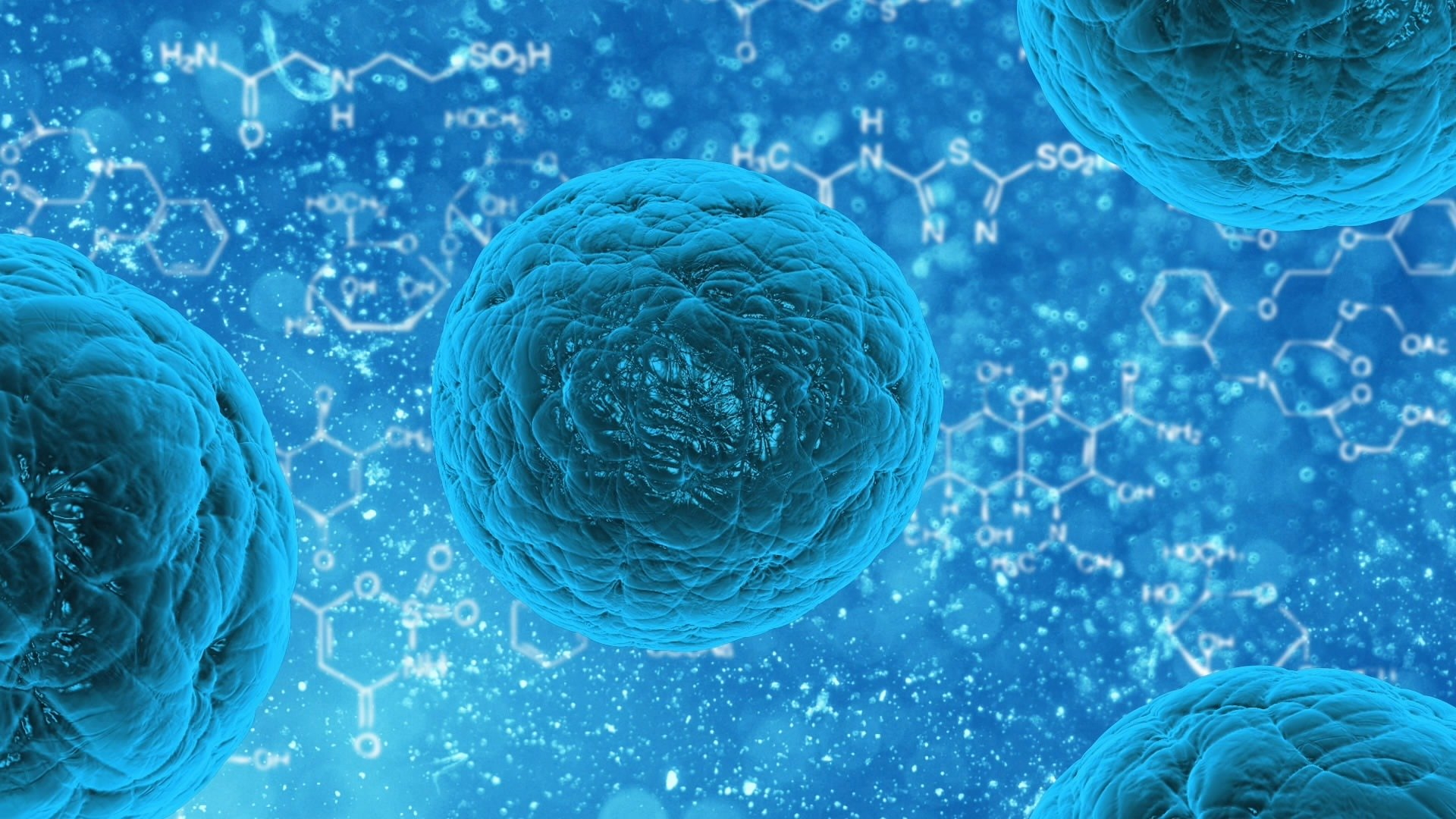Pharmaceuticals
The global antibiotic crisis: a 2020 perspective 5th March 2020
By Dr Peter Jackson, Executive Director of the AMR Centre
For all that is said about the antimicrobial resistance (AMR) crisis, existing metrics still fail to address the fundamental chall
For all that is said about the antimicrobial resistance (AMR) crisis, existing metrics still fail to address the fundamental challenge at the heart of the sector. In this article, Dr Peter Jackson, Executive Director of the AMR Centre, considers how we can ‘de-link’ the reward for innovation from the commercial pressure to prescribe more drugs.

Big pharma companies are essential to the global AMR ecosystem. However, many have abandoned the infectious disease sector over the past few decades, unable to achieve returns comparable to those possible areas such as cancer, or diabetes. The World Economic Forum (WEF) published a report in June 2019 in collaboration with the Wellcome Trust, noting that only 16 drug candidates targeting high-priority pathogens are now in development – almost all modifications of existing drugs.
We urgently need a new marketplace for AMR drugs. Resistant bacteria cause more than 700,000 deaths globally every year and bacterial strains are increasingly resistant to older drugs. According to estimates by the UK government’s AMR Review conducted by economist Lord O’Neill, AMR could kill 10 million people every year by 2050 unless urgent action is taken. Now, WEF has joined other high-profile industry voices arguing governments and pharmaceutical companies must focus on designing and implementing ‘pull’ incentives such as market entry rewards.
Thankfully, there have been some positive developments recently.
NHS England has collaborated with National Institute for Health and Care Excellence (NICE) on a pilot project for the UK, trialling a ‘subscription’ style model that pays pharmaceutical companies upfront for access to drugs, according to their value for the NHS. It will trial two new AMR drugs for procurement – separating valuation from reward payments given for the medicines’ usage. With this project, the UK Government has signalled that it is serious about fixing the broken market long term by aiming to halve health associated Gram-negative blood stream infections, reduce antimicrobial use to 15% by 2024 and support a ‘precision medicines’ approach; increasing the percentage of prescriptions informed by diagnostics and decision support tools.
However, global market failure can only be combatted if other countries act. Designing effective pull incentives requires international commitment to cross-departmental action, including health and finance functions of governments worldwide. Best practice techniques must be shared between governments as market reform mechanisms are implemented, signalling to early-stage investors and biotech companies that innovations will be properly valued and rewarded.
I believe there is still plenty of scope to encourage a vibrant drug development ecosystem in the AMR market. Typically, new drugs in other therapeutic areas pass through 4 or 5 owners before reaching the counter. We must encourage more transactions in the development of AMR drugs, and it is essential to ensure that large pharma companies remain active in that network.
The UK’s AMR Centre provides an alternative pathway for drug developers to progress their projects into clinical trials, by offering in-kind pre-clinical and clinical development capacity for shares in future commercial revenues.
In July 2019 we took forward an anti-virulence program from the Japanese pharma company Shionogi. The project, COT-143, is designed to help the body tackle Pseudomonas aeruginosa (Pa) infections. Found in most man-made environments throughout the world, Pa has been recognised by the WHO as a critical priority threat to human health. As a hard-to-treat and often drug-resistant pathogen, it is capable of contaminating medical equipment and causing infections in communities. It is associated with serious illnesses such as cystic fibrosis and can lead to potentially fatal contaminations like sepsis.
COT-143 is a novel humanized monoclonal antibody which inhibits the PcrV component of the type 3 secretion system (T3SS); a key virulence mechanism of Pa which can effectively disable the host’s immune system from acting against the infection.
Already producing encouraging results in pre-clinical studies, COT-143 has shown to be safe in regulatory toxicology tests, in preparation for first-in-human clinical trials. AMRC will initiate cGMP manufacturing of the drug in 2020, aiming to start Phase 1 clinical trials at the beginning of 2021.
Another 2019 milestone achieved by the AMRC was the nomination of a preclinical development candidate in our MET-X program, tackling drug resistance conferred by NDM-1 and other metallo-β-lactamase (MBL) enzymes. MET-X was in-licensed from Swedish company Medivir.
Bacteria containing NDM-1 and other MBL enzymes represent a serious threat to global public health. NDM-1, for example, was first identified in 2008 and has already caused significant fatalities, with over a thousand cases of infection in the UK in 2018. In some areas of India and China, the problem of MBL producing-bacteria is already endemic.
Our MET-X program is one of the first and, we hope, most effective broad-spectrum therapies against a wide range of enzymes and organisms. The AMRC’s scientists now have 12 months to confirm that the new drug is safe for use in humans, and to prepare for first clinical trials planned for late 2020.
As the global offering for AMR drugs grows stagnant, the AMRC is looking to shape a pharma market space driven by innovation, instead of profit. Both COT-143 and the MET-X program will hopefully be the first of many investments in drug development technologies, and will help lead the fight against the widespread emergence of new drug-resistant infections.
Author:
Dr Peter Jackson, Executive Director at The AMR Centre, 19B70 Mereside, Alderley Park, Cheshire, SK10 4TG, UK
T: +44 (0) 161 274 9440


